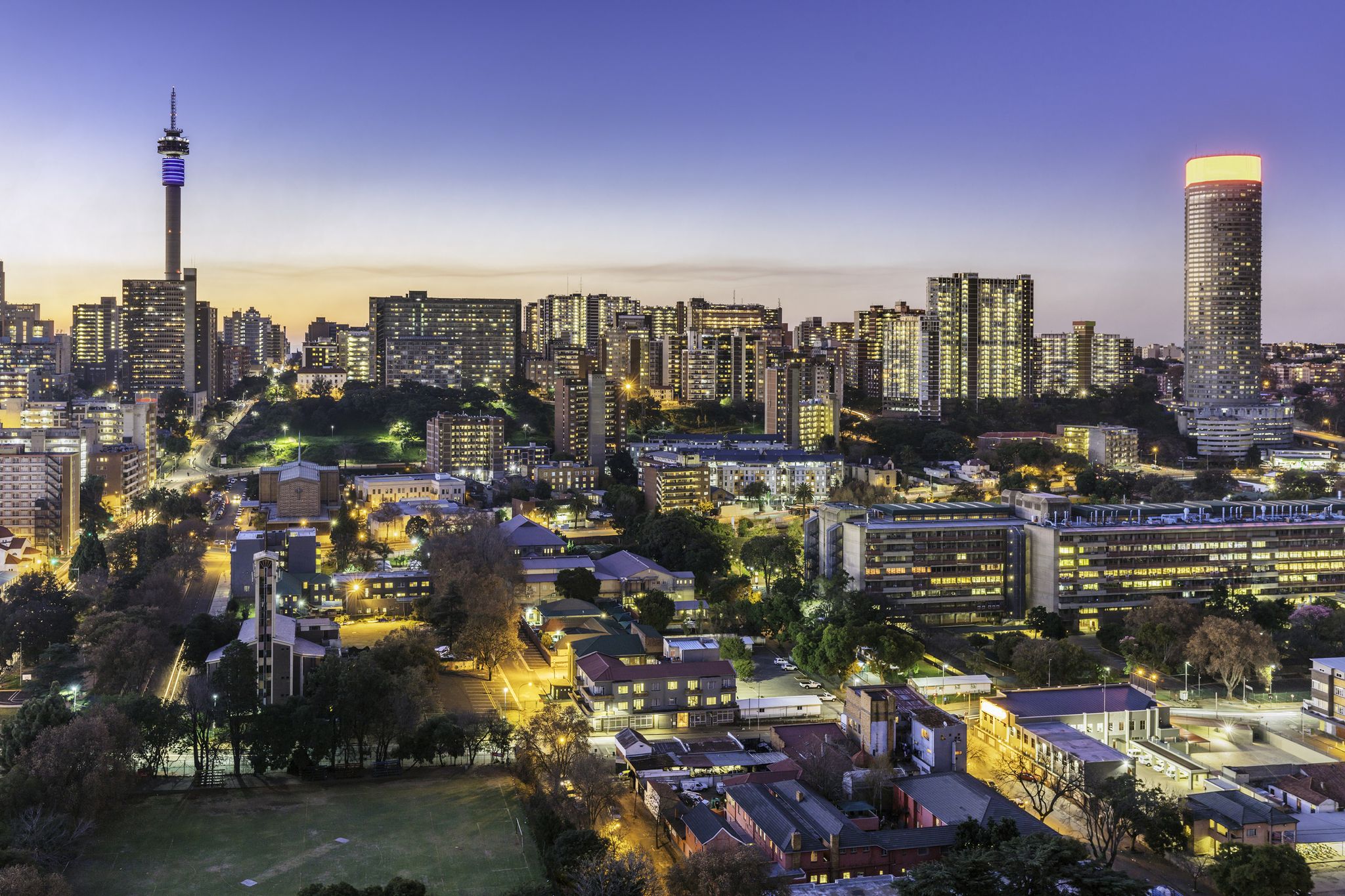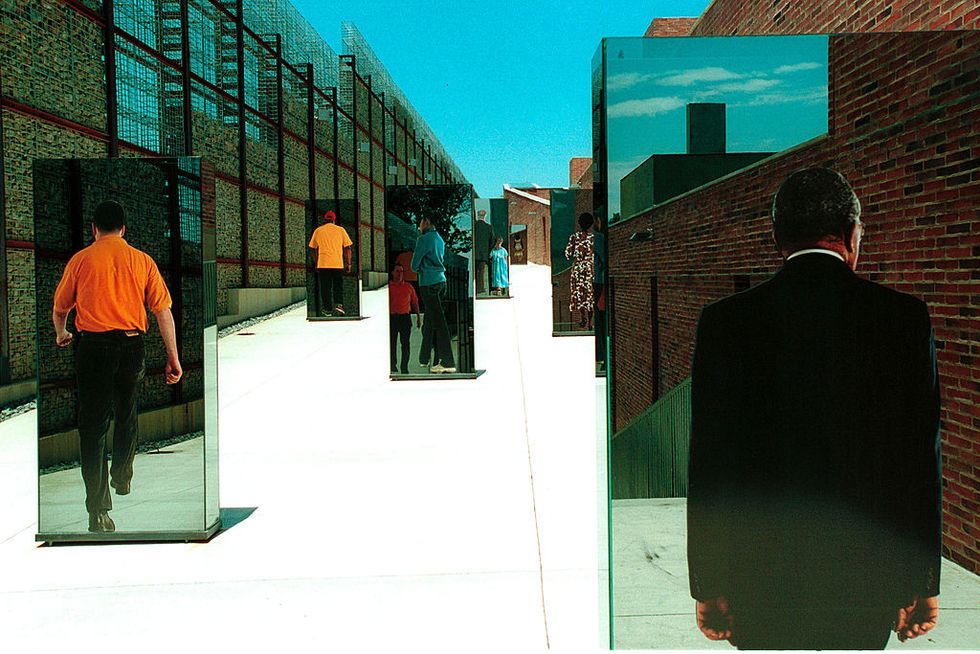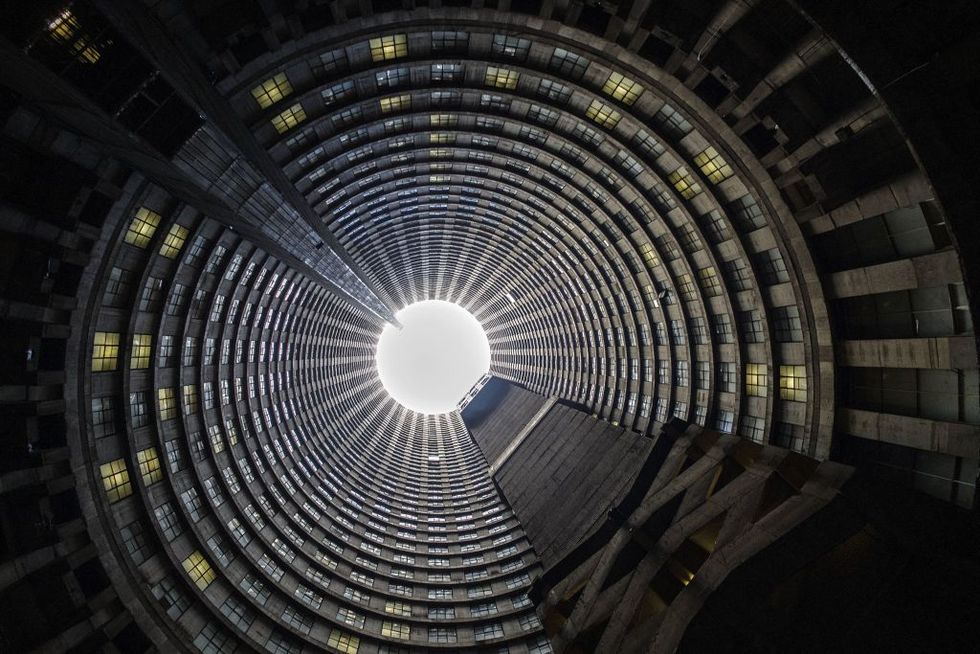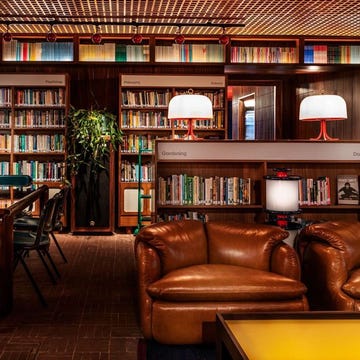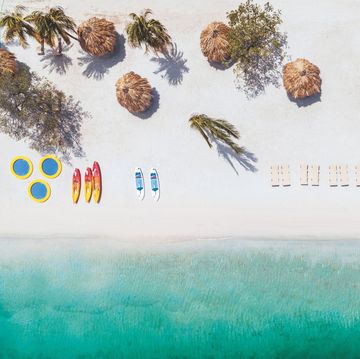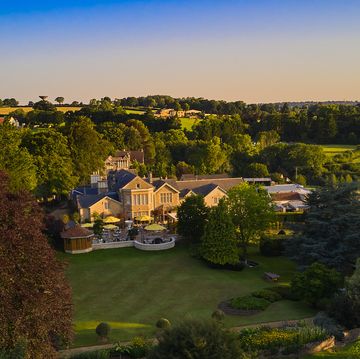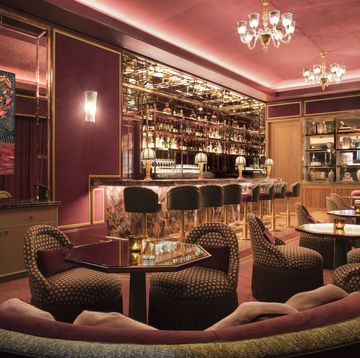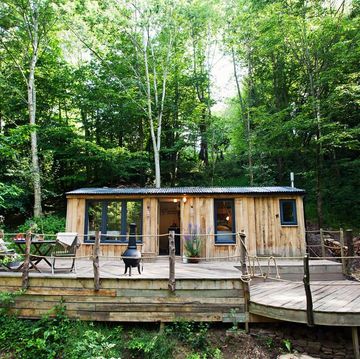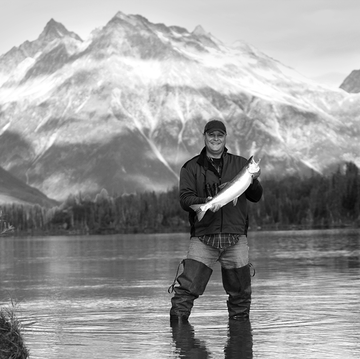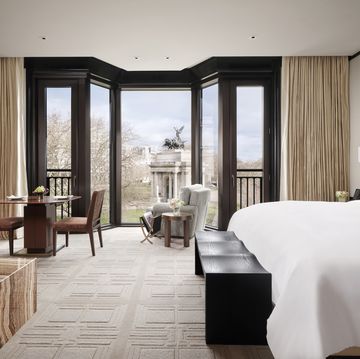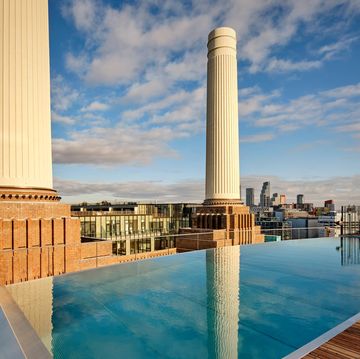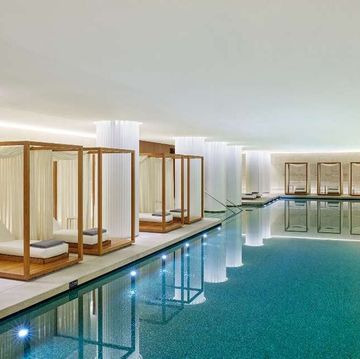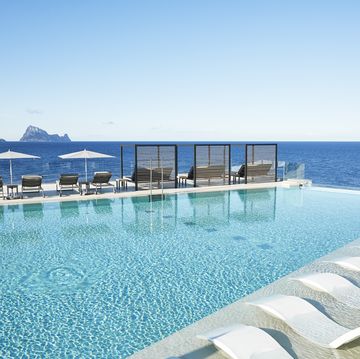The luggage carousels at Johannesburg airport are decorated with wicker rhinos and zebras, a sweet nod to the natural wonders that the South African national parks have to offer. But while many a visitor has wheeled through the concourse on their way to a safari adventure without so much as stepping foot on a pavement slab, the City of Gold – so called because of its rich history of gold mining and subsequent wealth-seekers – is itself not to be missed.
While it is perhaps not the kind of place you should wander around carelessly, with care, a trip to Johannesburg is an unforgettable experience. To help you plan accordingly, we've pulled together a guide featuring some must-visit museums, neighbourhoods, bars and restaurants, as well the best hotels to set up base at (and, of course, an unmissable trip to the Kruger).
What to do
Apartheid Museum
Upon purchasing your ticket to the Apartheid Museum you’ll be handed one of two slips, each brandishing an arbitrarily allocated racial classification signalling which segregated entrance – whites (blankes) or non-whites (nie-blankes) – you take into the building. For a sobering few minutes, separated by a gate in the initial passage, you’re immersed into the inexplicable ideology of apartheid South Africa, the racist political rule that plagued the country across the latter half of the 20th century. Once you’ve been reunited with your fellow visitors, 22 separate exhibitions – featuring a mix of text, archived images and video – guide you through the rise of the National Party, the brutal system of oppression, racial hierarchy and sequestration that quickly emerged, and the long fight for freedom that culminated in 1991. Carve out least three hours if you want to properly experience everything that the Apartheid Museum has to offer.
Ponte City
For a long time, Johannesburg’s tallest apartment building – a hollow cylinder of brick and glass – stood as a monument to a half-century of strife, struggle and neglect. When it was built in the mid-Seventies, all properties in the 54-story skyscraper were reserved for white citizens under segregated zoning laws. But as the political system began to buck under the pressure of protest and rebel movements, the ruling party reacted to the rise of racial mixing within the tower by letting it fall into disrepair; poor maintenance and the ensuing decay – the first five stories were reportedly littered with mounds of fallen rubble – proved fertile ground for criminal gangs. A regeneration project in the 2000s helped to repair the building and its reputation, transforming it once again into a desirable location on Jozi’s map (with Black residents reportedly make up 80% of tower’s properties) and through all that change, it has remained a singularly awe-inspiring landmark of brutalist architecture.
Soweto
A third of the city’s population live in Soweto, a large township on the edge of Johannesburg that played host to mass protests and uprisings against apartheid in the mid-Seventies. On Vilakazi Street you’ll find Mandela House, the humble red brick property in which the late South African freedom fighter and former president Nelson Mandela lived from 1946 until his imprisonment in 1962; it now plays host to a small museum, a must-see for visitors to the city. The township – designed as a Black ghetto by the white apartheid government of the 30s – has changed a lot since Mandela took office, and while it is still plagued by inequality, it has also seen incredible progress, full of burgeoning businesses and cultural sights. It plays host to a wine festival each August, and bars are plentiful, including the petrol head paradise that is Konka Day Club, a car park-turned-party space that welcomes the city’s cool kids every weekend.
Where to Eat
Little Addis Café
Johannesburg is home to many immigrant communities and the cuisine on offer across the city is a reflection of that. Take Little Addis, a small open air café situated near the trendy bohemian suburb of Melville that serves delicious Ethiopian food, all piled upon a traditional injera 'pancake’ designed to ripped apart and used as a scoop. This super affordable and laid-back spot, surrounded by clothes shops, record stores and bars, is a perfect choice for vegetarian and vegan travellers.
41 Stanley Ave, Milpark, Johannesburg
Marble Restaurant
This fine dining spot sits atop the glassy Trumpet building on Keyes Art Mile, the appropriately named hub of art galleries, show rooms and creative spaces that lines the revitalised streets of Rosebank. Head chef David Higgs’ menu is all about quality cuts of locally sourced meat and seafood cooked over a wood-fired grill, served in a modern and distinctly unfussy environment, with a well-chosen selection of beautiful South African wines on offer.
Trumpet on Keyes, Corner Keyes & Jellicoe Avenue, Rosebank, Johannesburg
Where to stay
Fairlawns Boutique Hotel & Spa
This beautifully designed boutique hotel, which sits in the quiet Sandton suburbs, is the perfect place to relax and rejuvenate. A self-billed “urban oasis”, it offers manicured lawns, outdoor and indoor pools, luxury dining, and a Bali-inspired spa.
It’s also the perfect base from which to take day trips – the accommodating staff at the Fairlawns will happily help with cars to and from your destinations. Just ten minutes away is sprawling shopping complex at Nelson Mandela Square, while a 20 minute drive will take you to the Apartheid Museum.
Of course, there’s plenty to do if you stay put: make your way through a mini-jungle to the heated outdoor pool, with its relaxing rainfall feature and rimflow jacuzzi, and treat yourself to a spa lunch. Again and again and again.
1 Alma Rd, Morningside, Sandton
Sabi Sabi
Of course, you should still take the opportunity to visit a safari retreat while you’re here. A short ride on a small plane from Johannesburg, Sabi Sabi’s private game reserve in the Greater Kruger National Park contains thriving wildlife combined with luxury lodgings. The big five – lions, leopards, rhinoceroses, buffaloes and elephants – can all be found here, and the reserve’s affable and knowledgeable field guides will try their hardest to make sure you tick off each one on both morning and afternoon game drives as well as bush walks (remarkably, the drivers memorise the names of every single dusty, windy intersecting road in their training, allowing them to alert one another to the exact location of, say, a baby leopard.)
At night, when you make the short walk from the restaurant to your lodge at Sabi Sabi’s Selati Camp, you need a guide – or rather, a guard. The railway-themed camp is not surrounded by fences or walls, meaning that curious animals can and do wander around (watch out for the monkeys by the pool). During the day, you might be greeted by a cute kudu after you lock up your lodge for a day’s relaxation – but at night, you might come face-to-face with a hyena, hence the need for an escort.
Dinner is hosted under the stars at the camp’s boma (outdoor restaurant). While Selati’s thatched suites are decorated to pay homage to history, they’re flush with mod-cons, including powerful air-conditioning plus indoor and alfresco outdoors showers.
“Welcome home,” your guide will tell you when you first land at Sabi Sabi’s private airstrip. Bundled into a 4x4, they'll let you know that “your safari starts here” – but nothing can prepare you for the drive. The next few days will be full of 5am wake-up calls for early morning game drives, but the trip from the airport provides immediate opportunity for some awe-inspiring animal-spotting; you’re likely to see some impala and perhaps a giraffe, at least. Once you're settled at Sabi Sabi, you'll find that the wonder of nature is seamlessly combined with the comforts of modern living.
The Luxury Safari Company, who you can call at (+44) 1666 880 111, provides trips from £5,000 GBP per person including return flights to and from the UK.
